David Rudlin reflects on the challenges of setting up his own practice, the broken economics of urban design, and why many in the profession persist despite the odds
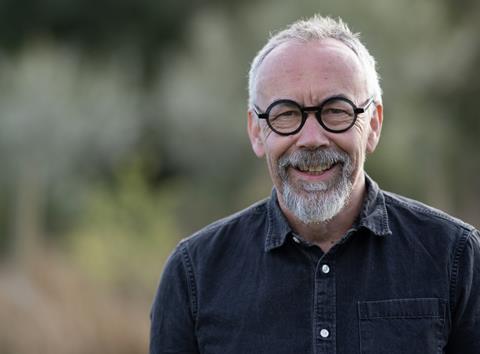
I’m a bit late with my column this month, having spent the last three weeks going through the surprisingly stressful and frustrating process of setting up my own practice. Looking at a diary that is worryingly empty, and a bank account that, for the first time in my career, is not being refreshed by a regular salary, am I sure this is a good idea?
One of the things on my to-do list was to update my LinkedIn profile, this being the only social media that I do. I decided on a quick post to accompany the update to let people know my new situation. It didn’t quite go viral, but I did get a much bigger response than I expected. Alongside all the good wishes and ‘we must work together’ comments, the thing that people picked up on was my suggestion that urban design is no longer a viable business.
This may not be the best mission statement for a new business venture as… an urban designer. But it resonated with my fellow urban designers, many of whom said that urban design had never made money, it had always been subsidised by the architecture side of the business.
Before we get too carried away, it is important to say that there are some great clients out there who see the value of urban design and are willing to invest in it (I look forward to working with you all!). But in general, urban design fees tend to be low and have not risen significantly in the last few decades.
A client once explained to me one of the reasons for this: once a site has planning permission it has a value and is investable. Architecture is all about crystallising and growing that value by putting buildings on the site. In theory, at least, this is making them money rather than costing them money.
Back in the day, I could rely on winning about half the jobs we bid for
Most urban design is commissioned before planning is secured and sometimes before the site is even acquired. If it is successful, of course, then urban design is what creates the value. But to developers it is a speculative cost that comes off their bottom line, and, importantly, tends to be funded from their pockets rather than investors. This is why they don’t want to spend more than they have to on it.
Then there is the public sector where, as I have written about previously in this column, procurement has become much harder. Back in the day, I could rely on winning about half the jobs we bid for. We would be up against four or five other teams, we would prepare a bespoke tender, attend an interview, charm the panel and ride on the coat-tails of our reputation and track record.
Today, the same tender would attract twenty or more bids. The questions that relate to our ability to do the work make up a minority of the marks, the bids are assessed anonymously, there is no interview and the results are announced via a faceless procurement portal. In recent years, my hit rate has fallen to less than 10 percent and, while I’m sure that’s at least partly down to my failings, conversations across the industry suggest my experience is not unique.
And even when you win the work, you are expected to provide a full multi-disciplinary service together with a ‘detailed’ evidence base, ‘extensive’ public engagement and a ‘comprehensive’ viability assessment (as well as setting aside time and money for social value), all for a fee that is the same as it was ten or twenty years ago.
What all this boils down to is seeing urban design as a vocation, or a labour of love, rather than a business
As I said in my LinkedIn post, you can either do the work properly and lose money or do it badly within the budget.
So why do we still bother with urban design? The answer used to be that it was a good loss-leader, opening up prospects for profitable downstream work. The example that we used at BDP was Liverpool One, that started off as an urban design job and turned into a huge multi-disciplinary project.
It’s a good argument, but it no longer works with public sector projects because procurement rules likely mean that each stage of the work will be re-tendered, with incumbency counting for little. If this connection is broken, the incentive for architects to see urban design as a loss-leader will no longer work.
Which makes me worry about the future of urban design as a discipline and to wonder what I am doing betting my mortgage on a sector without a viable business model.
My LinkedIn post spoke confidently about needing a new business model, about working collaboratively across different practices, about keeping overheads to a minimum and being more fleet of foot, and not worrying so much about timesheets and forecasts.
What all this boils down to is seeing urban design as a vocation, or a labour of love, rather than a business. This is fine for me, it is how I have always worked, and my new practice will hopefully allow me the space to do this without the pressures of a larger practice. But without a business model, I worry about the broader future of urban design.
Postscript
David Rudlin is founding principal of Rudlin & Co and visiting professor at Manchester School of Architecture.
He is a co-author of High Street: How our town centres can bounce back from the retail crisis, published by RIBA Publishing.



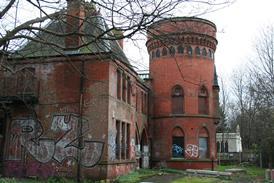
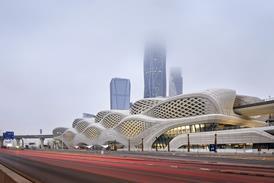

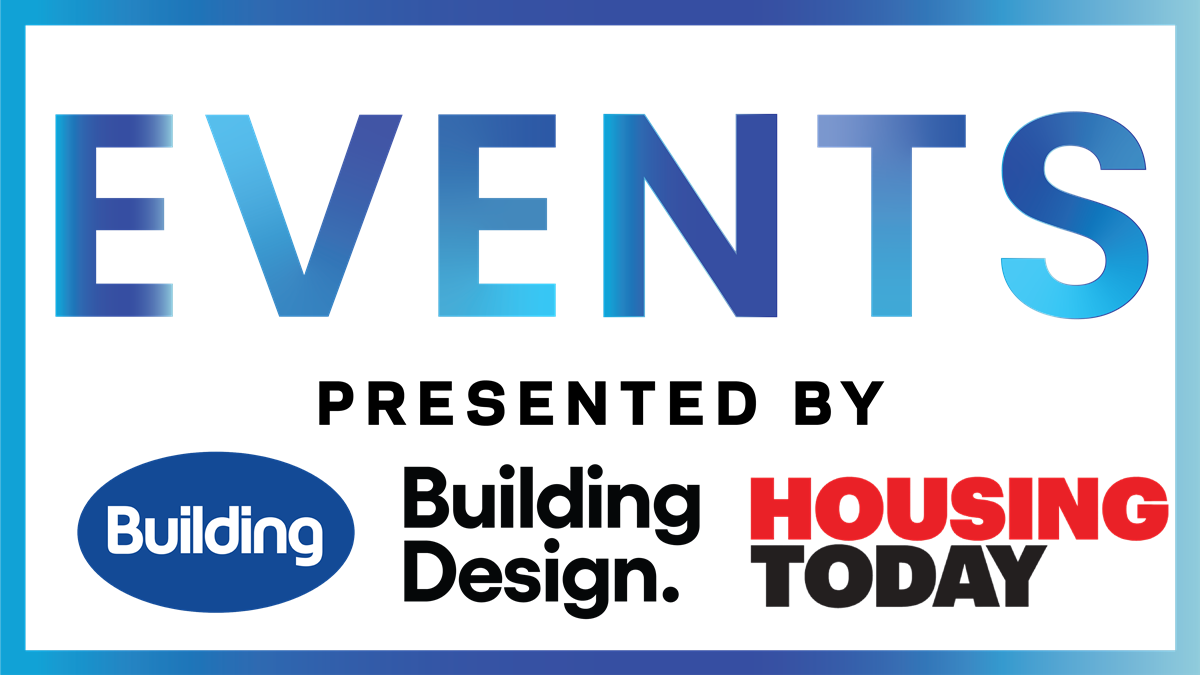
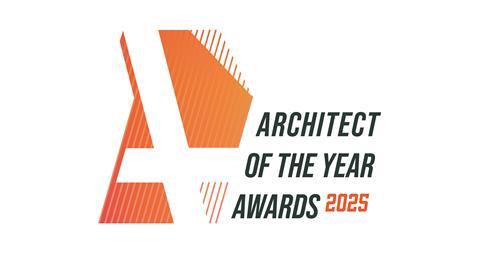








No comments yet